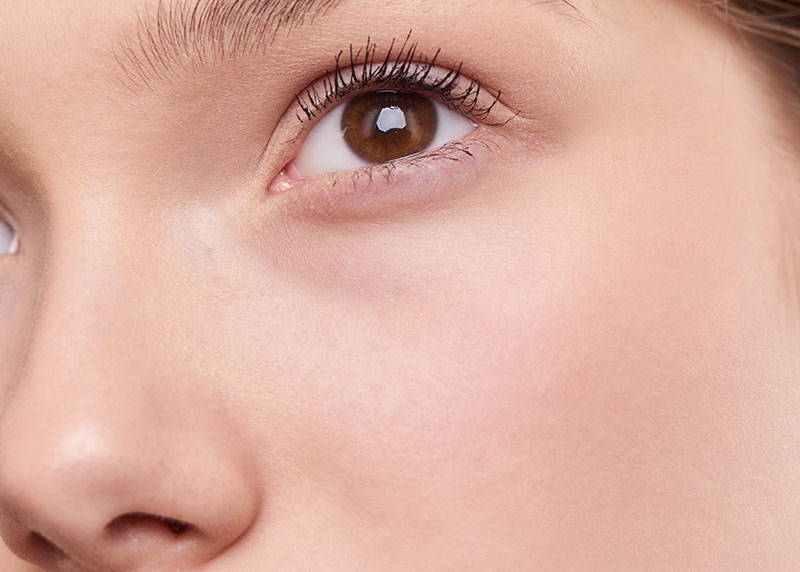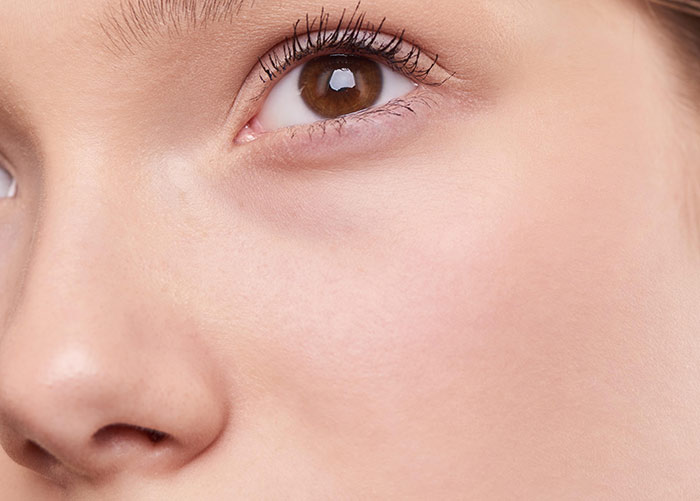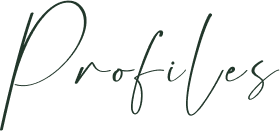

Posted by Dr. Litner and Dr. Solieman on April 1st, 2009
This is a big question for people. There is a lot of fear about the open rhinoplasty incision. Will it be noticeable? Maybe you’ve seen examples of poor scars from an open rhinoplasty. The fact is poor scars happen when poor technique is used.
You should know that, in the hands of a careful and experienced open rhinoplasty surgeon, the open incision heals beautifully. Below is a typical example of how one of our open rhinoplasties looks before and after just 3 months. We hope you’ll agree that without showing you where the incision is placed in red, you’d have a pretty hard time finding it.
Now, many of you are probably saying to yourselves, “Who cares how well it heals…why not have a closed rhinoplasty and not have to even think about the incision?” Worthwhile question. And, we have 3 main answers to that.
The first is that the access to your nose provided by the open approach is far superior to a closed rhinoplasty and therefore, diagnosis and treatment of tip problems can be far more accurate. A closed rhinoplasty may be good for taking down a bump on your bridge but does not allow the surgeon to see the tip cartilages nearly as well. As a result it is far more difficult to achieve symmetry in the tip and long term this can result in many more problems as the cartilage twists or buckles due to the asymmetry.
Perhaps most important for most people, the open technique affords a number of different techniques that allow us to reliably deproject (make the tip shorter), and thus the nose smaller. Doing these techniques via a closed technique is difficult if not impossible in most hands. As a result you find many closed surgeons end up producing noses that are scooped because they bring the bridge down trying to make the nose smaller since they cannot reliably lower the tip. Even more problematic are those surgeons who remove much of the tip cartilage in trying to make the tip smaller because in the long term this can and often does result in some form of problem.
The third thing to think about are the potential negatives from closed rhinoplasty incisions. Just because the incisions aren’t seen from the outside does not mean they aren’t there. Below you can see some of the different internal incisions (shown in red) that are often made in a closed rhinoplasty.
One or more of these incisions is made depending on how much work is planned for the tip. The incision on the far right also needs to be made if the septum is addressed as well. In contrast, work on the tip, bridge, and septum can all be accomplished in open rhinoplasty through the same external incision.
It’s not as important to understand the different incisions as it is to understand that the internal incisions made in closed rhinoplasty often pose real healing problems too. Some of these incisions are made near the narrowest part of your nasal airway so just a little bit of excess scar tissue can seriously compromise your breathing and potentially destabilize your tip.
Every surgical technique has advantages as well as potential downsides and trade-offs to consider. Don’t get too hung up on whether your preferred surgeon suggests an open or closed rhinoplasty for your nose. We like to say that far more important than how the surgeon opens, is what he does to the underlying structure once he’s there- that’s what in the long term gives you the beautiful, stable results we are all looking for. So, while we use both approaches, far more often than not we find that an open rhinoplasty is what it will take to achieve just the right change for you.

Computer imaging is essential in our Profiles practice in helping our patients articulate their goals for rhinoplasty surgery and...

One of the hardest class of patients that we see are patients who have undergone not just rhinoplasty but at least one two or...

A bulbous nasal tip is one of the most common reasons for patients to seek rhinoplasty. A bulbous tip, often called a boxy tip,...

ASK US ANY QUESTION

Sign Up For Our Newsletter
to Receive Special Offers!